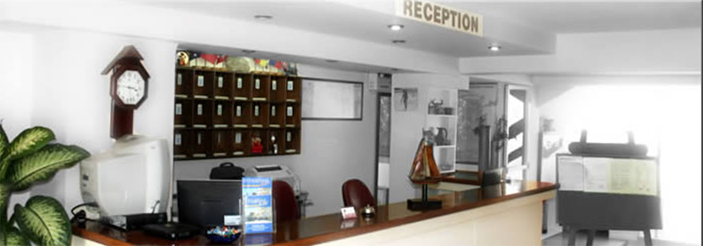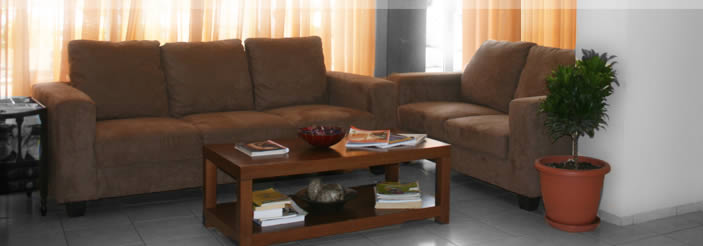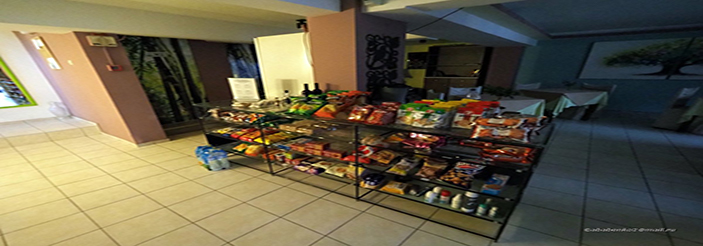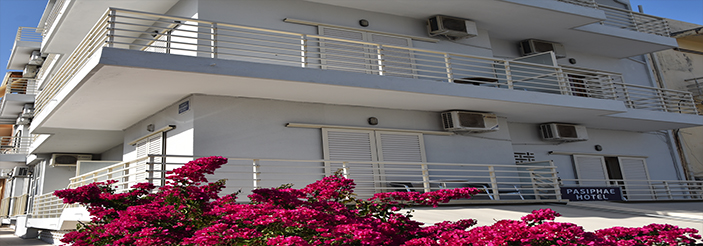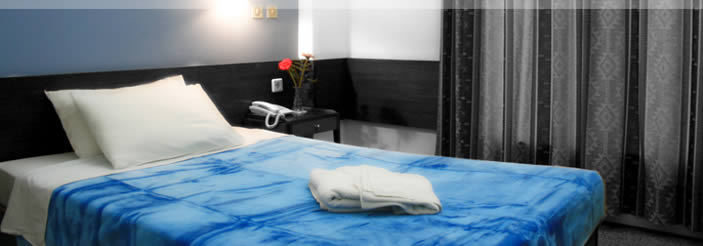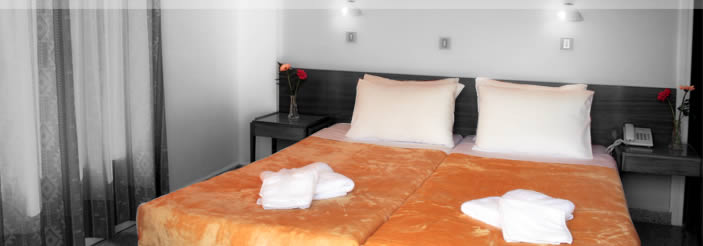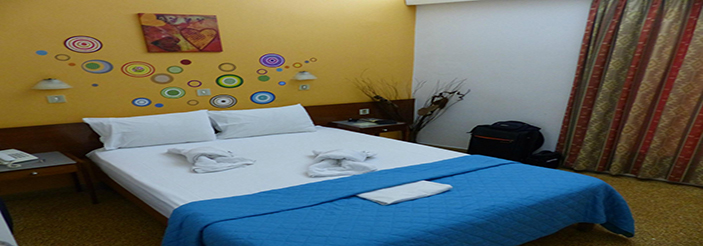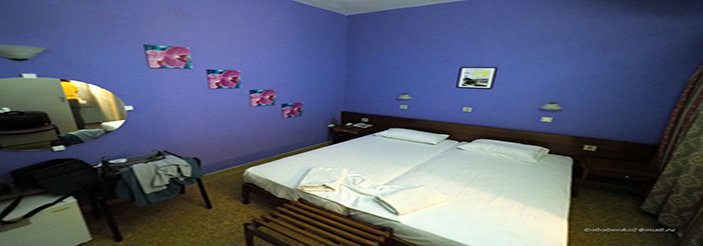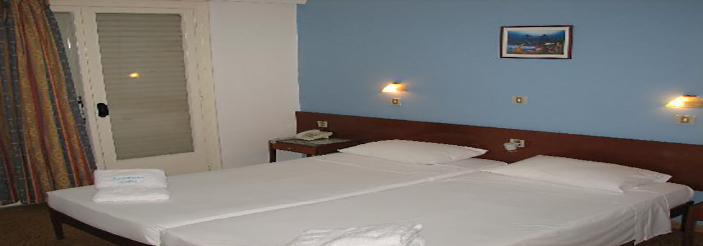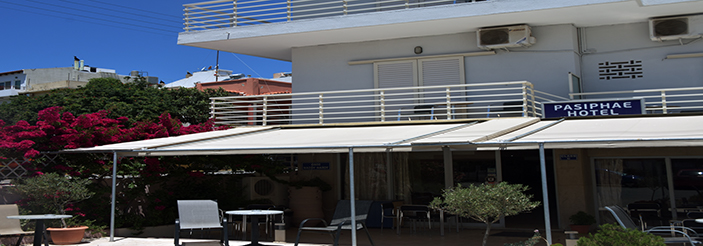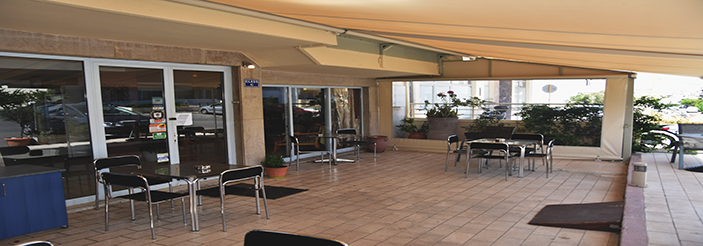Important archaeological sites, historical monuments and museums in Lassithi
Important archaeological sites, historical monuments and museums in Lassithi
Zakros palace
Zakros is a Minoan palace which used to act as the Minoan gateway to the East. It was a commercial, administrative and religious center located on an advantageous point in a safe bay. A ravine known as the "Ravine of the Dead" runs through both the upper and lower parts of the ancient site, named after the numerous burials that have been found in the caves along its walls. Findings from the burials are exhibited in the Heraklion Archaeological Museum.
Lato Etera
Lato Etera was a Dorian city built among the 7th and 3rd century BC. It is located 11km northeast from Kritsa village. It used to be one of the most important Dorian city-states in Crete and it had been named after Lito, mother of Apollo and Diana.
Gournia
Gournia is a Minoan settlement situated on a small hill near the Ierapetra isthmus. Gournia was first inhabited in the Early Minoan period in 2300BC. Today we can see remains of the Middle Minoan period (2000-1600BC) and the Late Minoan palace which was ruined along with the city in 1450BC. The settlement was abandoned in 1200BC.
Spinalogka
Spinalogka is a small island located in the Elounda gulf. In ancient times, a fortress was built on the island in order to protect the entranceway of the port of Ancient Olous. During the Venetian occupation, the Venetians built a new, impregnable fortress in1571-74 on the ruins of the older one. The Venetian fortress used to be one of the most important fortresses in Crete. In 1715 it was occupied by the Turks when they came into terms with the Venetians. Ottoman families used to live on Spinalogka for decades. Later, in 1904, the island was used as a leper colony.
Palekastro
Palekastro is a Minoan settlement located on the northern point of the east coast of Crete. It flourished in the Late Minoan period (1550-1220BC). Early and Middle Minoan remains have also been excavated, mainly cemeteries and residences. The Palekastro town used to be densely populated and covered 50,000 m2. Like other Minoan towns, Palekastro was unfortified.
Museums
Archaeological Museum of Agios Nikolaos
The Archaeological Museum of AgiosNikolaos was established in 1970 and it is the biggest and most important museum in Crete, after the Heraklion Archaeological Museum. Its exhibits findings from eastern Crete dated from the Neolithic until the Roman era.
One of the most important collections is the one with items from Agia Fotia cemetery. Important exhibits include a pyxis, a limestone idol from the Pelekiton cave in Zakros and the Goddess of Myrtos, a famous libation vessel.Other exhibits are an example of child burial in vessel and a unique finding, a human skull with a golden olive wreath found like that with a Roman coin.
Folk Museum of Agios Nikolaos
The Folk Museum of Agios Nikolaos was established in 1978 by the Cultural Society of Eastern Crete. It is housed in the Port authority building, in its ground floor, near Voulismeni Lake.Among its exhibits visitors can see traditional looms, traditional Cretan bedroom, costumes, weavings, handmade tools, weapons, utensils, wooden-craved objects, icons and many other objects related to traditional Cretan life.
Archaeological Museum of Sitia
The Archaeological Museum of Sitia is located in the city center, on the way to Ierapetra. It was established in 1984 and it exhibits important findings from eastern Crete.
Exhibits include:Hellenistic figurine of woman of the type "Tanagraia"found in XerokambosHellenistic black figure kantharos from Xerokambos Clay plaques with relief of Pluto and Persephone found in Sitia Linear A tablet from the archives of Zakros palace Base with a funerary inscription on both sides found in Itanos.
The names inscribed are Leon and his son Thenas. Late Minoan pithoid amphora from Zakros palace with beautiful linear decoration.Geometric amphora decorated with bands and concentric circles found in Agios Georgios cemetery Other important exhibits are:
- Gold ivory statue from Palekastro dated to the Late Minoan IB period. It is 50cm tall and was found in pieces.
- Minoan bull-shaped rhyton (libation vessel) with linear decoration found in Mochlos islet
- Late Minoan stirrup jar decorated with nautilus found in Psira islet.
Folk Museum of Neapoli
The Folk Museum of Neapoli is located in the town center. Its exhibits are connected with tradition, history and culture of the Merambelou province.The archaeological collection of Neapoli is exhibited in a recently renovated room of a building formerly used as an orphanage.







